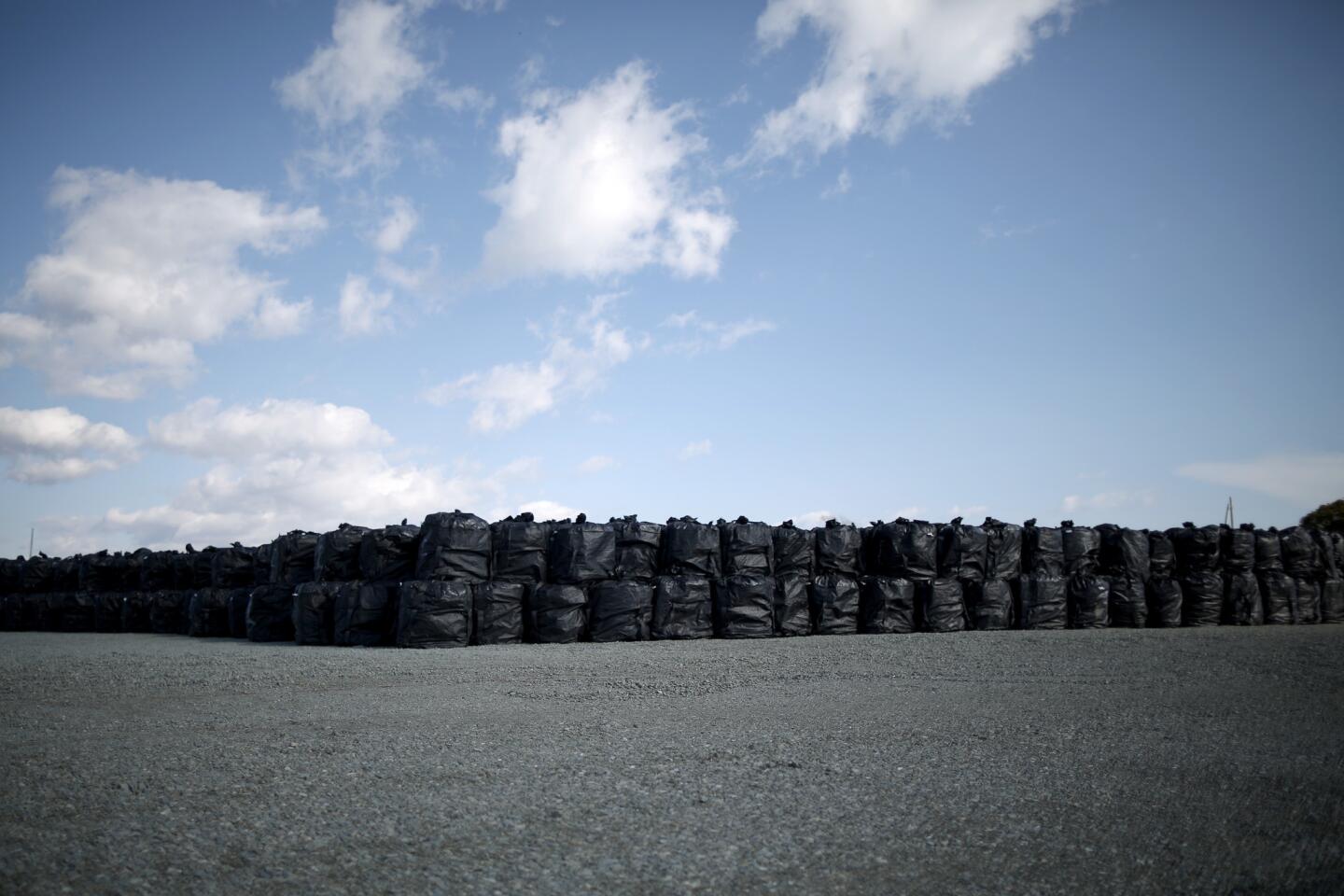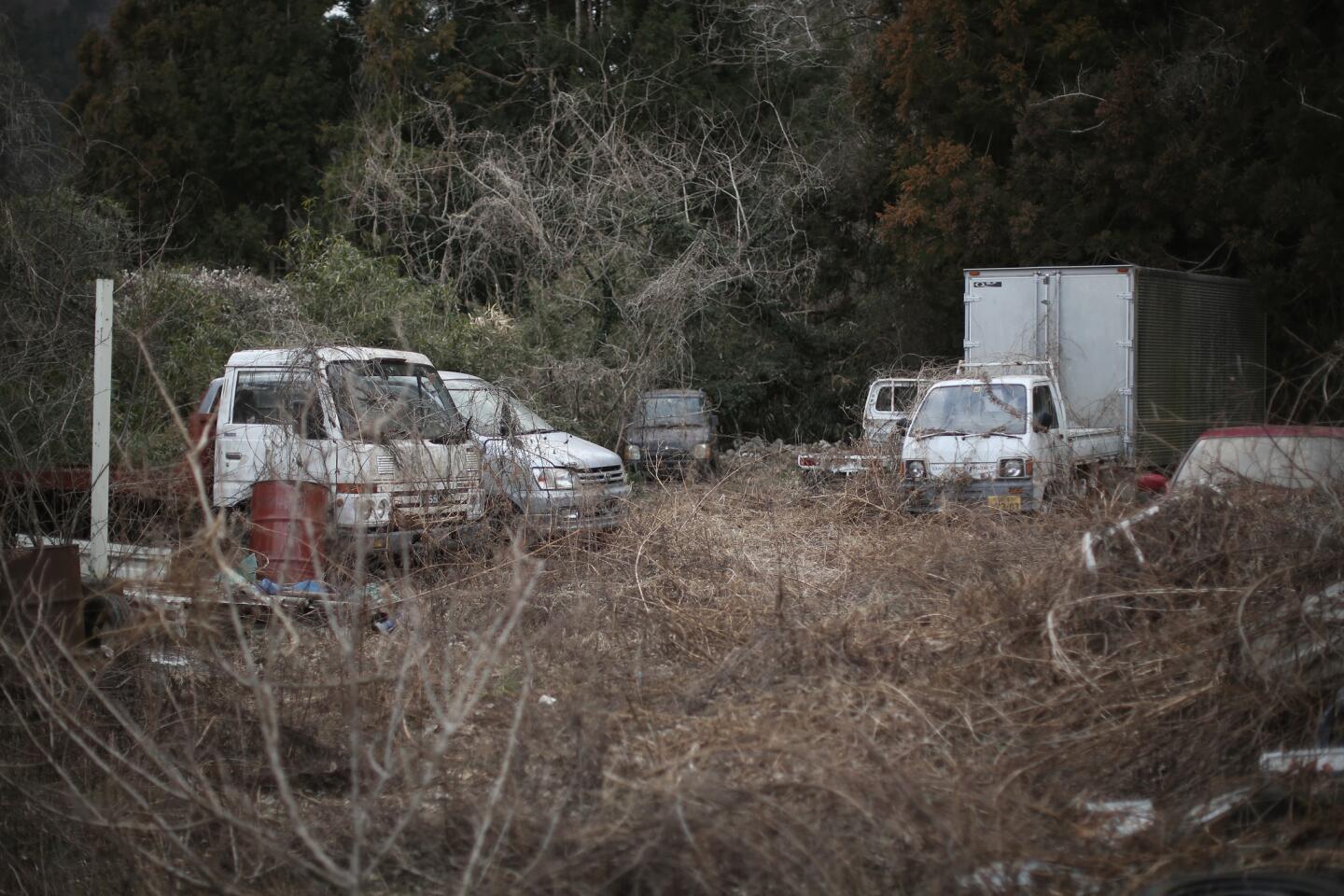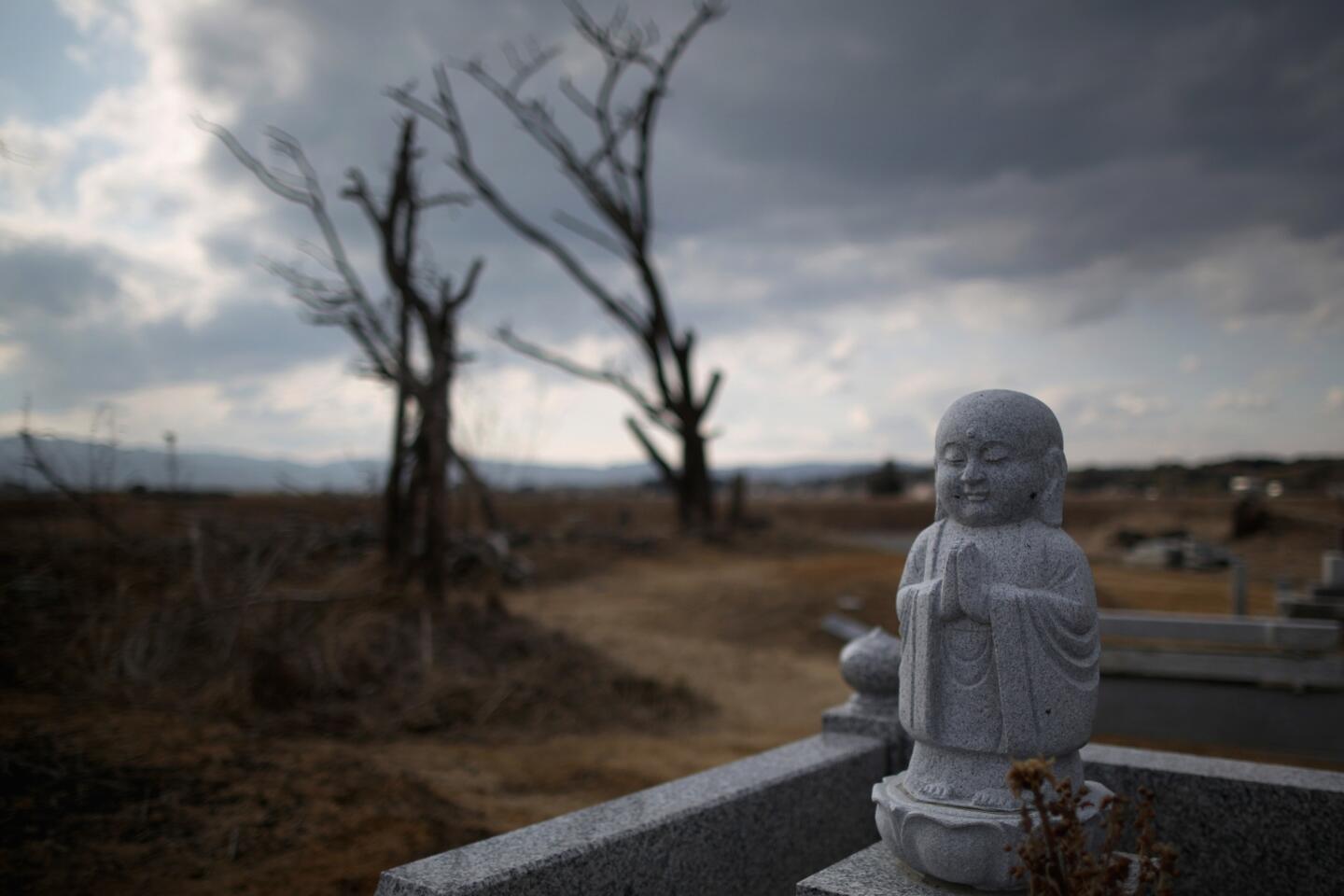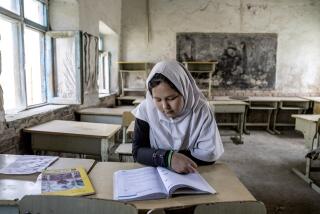In the shadow of Fukushima, a ghost town struggles back to life
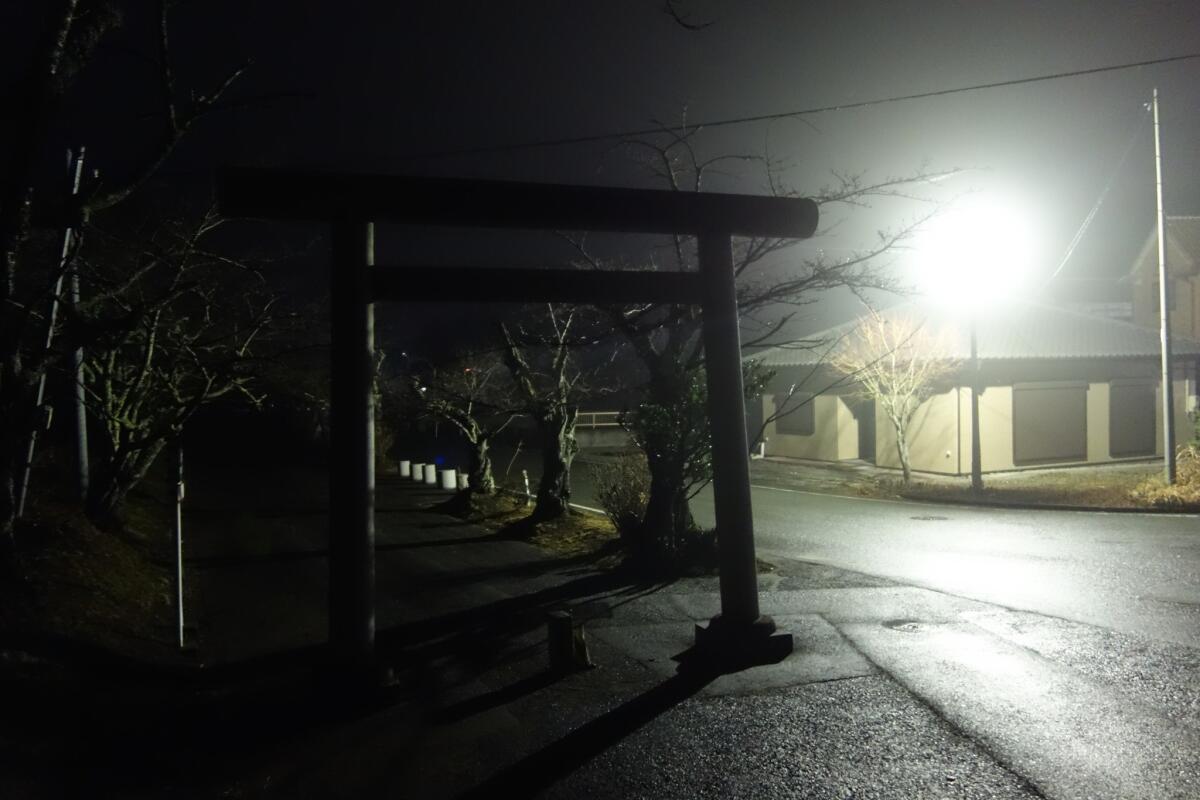
The streetlights are back on in Naraha, Japan, but there are very few people returning yet. The streets at night are empty and it feels like a ghost town.
By day, this town bustles. Trucks rumble through, carrying equipment to the nearby Fukushima Daiichi nuclear power plant. A temporary supermarket has sprung up to cater to workers employed in the massive cleanup job at the plant; a ramen stand dispenses steaming noodles near City Hall.
But a different Naraha emerges after sundown. Traffic stops. The streetlights come on but the neighborhoods are dark. A dog can be heard barking in the distance. A police car patrols the empty streets, its bright red light visible from miles away, like a meteor in the night. Instead of a siren, it emits a mournful lullaby.
“It’s true that at night it feels like a ghost town,” says a 45-year-old Buddhist priest, Shukan Sakanushi. “The streets are empty; it’s dark, it’s quiet. But each evening when I go jogging, I notice little by little, more lights are coming on. People are coming back. I believe this town can come back to life. I feel like it’s part of my karma to make that happen.”
Naraha was among the closest towns to the Fukushima nuclear complex when an earthquake and tsunami on March 11, 2011, triggered a meltdown at three reactors. The town’s entire population of just over 7,300 people was evacuated.
Although the evacuation order was finally lifted last fall, only 469 people — 6% of the town’s population — have so far returned.
The confluence of disasters five years ago profoundly traumatized Japan. The earthquake and tsunami together wreaked massive damage. More than 16,000 people died nationwide, and hundreds of thousands were dislodged from their homes. The nuclear meltdown was perhaps even more frightening as it spread a shadow of radiation over a wide area, contaminating food, water and homes.
Many places have bounced back, but healing has come slowly to Naraha.
The pharmacy in the town center remains closed. The bank is shuttered. The elementary and middle school is vacant. Only four children have returned to the town; they commute by taxi to a temporary school in a neighboring city.
The town’s train station has reopened, with roughly one train an hour, but the last one of the day pulls out at 8:07 p.m. Taxis stop running at 5 p.m. The liquor store in front of the station remains closed; beer and sake vending machines next to it have the coin slots taped over. Working machines dispense hot cans of coffee or tea and cold soft drinks.
There is a refurbished hot springs resort in town, but it is often empty.
Sakanushi, who is also a local government official, is a tall, impressive man – he still carries himself like the karate kid he once was, and has only a little gray in his trimmed beard.
March 11th, 2011, was a fateful day for him.
It was the day that the Shingon Buddhist Headquarters officially appointed him the 43rd head priest of his temple in Naraha. He was to have taken over the role from his father, the 42nd head priest.
It should have been a happy day — but the official letter of his promotion wouldn’t reach the temple that day; it would be three months before he received it. He has it framed and hung inside the temple.
He was working at the town hall that afternoon when the earthquake hit. His wife and two children were in the neighboring city of Iwaki studying English. When the sirens went off warning that a tidal wave would hit the town in 30 minutes, he called his wife and told her, “Get in the car and head to your family home in Ibaraki prefecture. Leave now!”
Sakanushi didn’t leave. He got in a car and along with his co-workers drove through the town and by the seaside, warning people to seek cover, yelling, “Seek the high ground!”
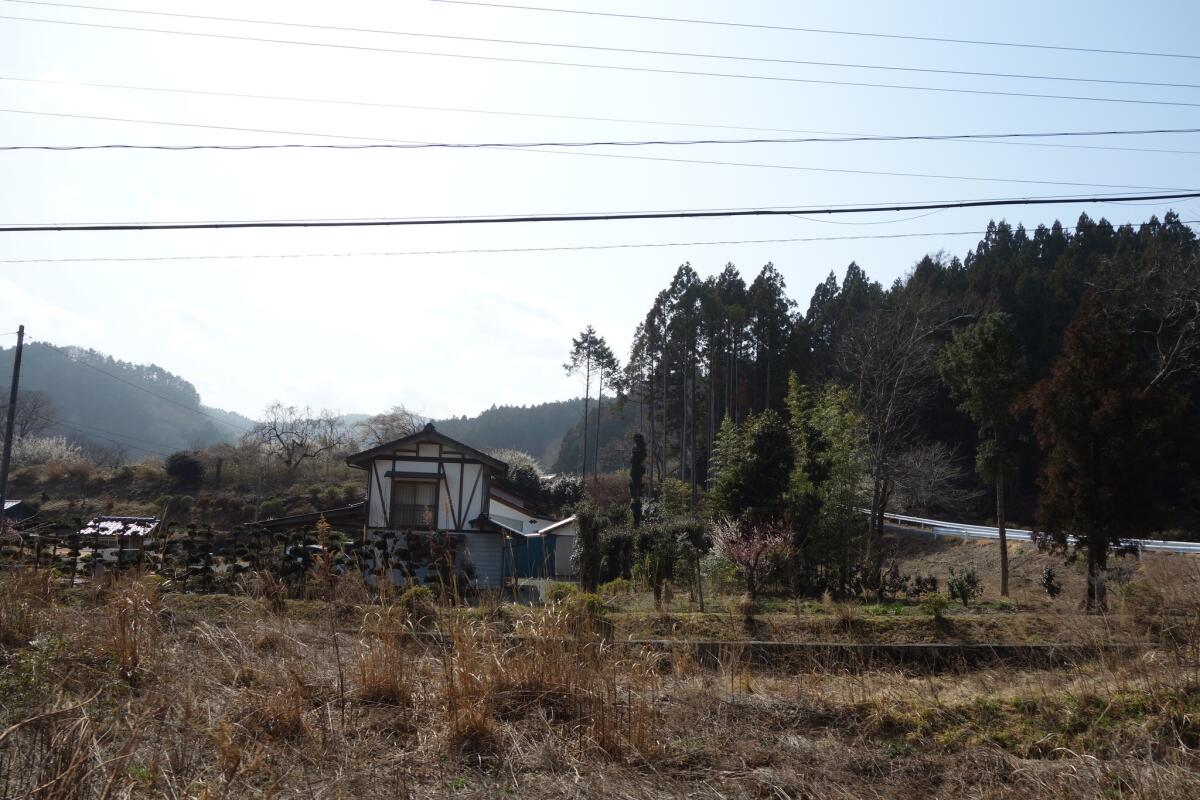
Naraha, Japan, is almost a ghost town. Only 6% of the population has returned. The majority of the buildings and homes are still empty.
Sakanushi is a native of Naraha, which is in Fukushima prefecture. It is tucked into hills not far from the sea, with small neighborhoods and scattered houses climbing the slopes. It was a good place to grow up, he said. Salmon is plentiful and tasty; the winters are mild; the seaside beautiful in the summer.
After the disaster, he moved with his family to Ibaragi prefecture, just south of Fukushima prefecture. His two children became accustomed to living there. He set up a temporary temple annex in Iwaki City, where 84% of the Naraha residents took refuge.
Time moved on. He returned now and then to maintain the temple and to work with the town toward restoration.
In a survey that reached slightly more than half of the town’s pre-disaster residents, a majority of those queried said they would like to return home, according to Japan’s Reconstruction Agency. But that goal remains out of reach for many.
How do you restore a place when nobody comes back? ... And even if people come back, are they really safe?
— Tokuo Hayakawa, Buddhist priest and anti-nuclear activist
Nuclear pollution caused by the meltdown at the plant, run by Tokyo Electric Power Co., or Tepco, contaminated the surrounding land. “Agriculture was the principle industry here and with public concern over the safety of anything grown here, many feel it may not be viable as an occupation again,” the Naraha town administration said in a statement to The Times.
More than 100,000 people in Fukushima prefecture remain out of their homes — unable or unwilling to return. Many have gotten new jobs and, in some cases, new homes elsewhere.
Many say that the government’s shifting declaration of what is a safe amount of radiation exposure makes them dubious that the cleanup has been successful. Before 2011, Japan set the safe annual radiation dosage level at 1 millisievert. Afterward, it adopted the recommendation of the International Commission on Radiation Protection and set 20 millisievert as a safe dosage level in emergencies. One millisievert became a long-term goal.
Recent tests involving volunteers who wore dosimeters for two weeks in Naraha revealed average radiation exposure of 1.12 millisieverts a year, the government said.
Many doubt that the town will ever be what it was.
Tokuo Hayakawa, 76, is the head priest of Hokyoji, a Jodoshu Buddhist temple with a history of 620 years. He has returned to the town to provide support and tend to his community.
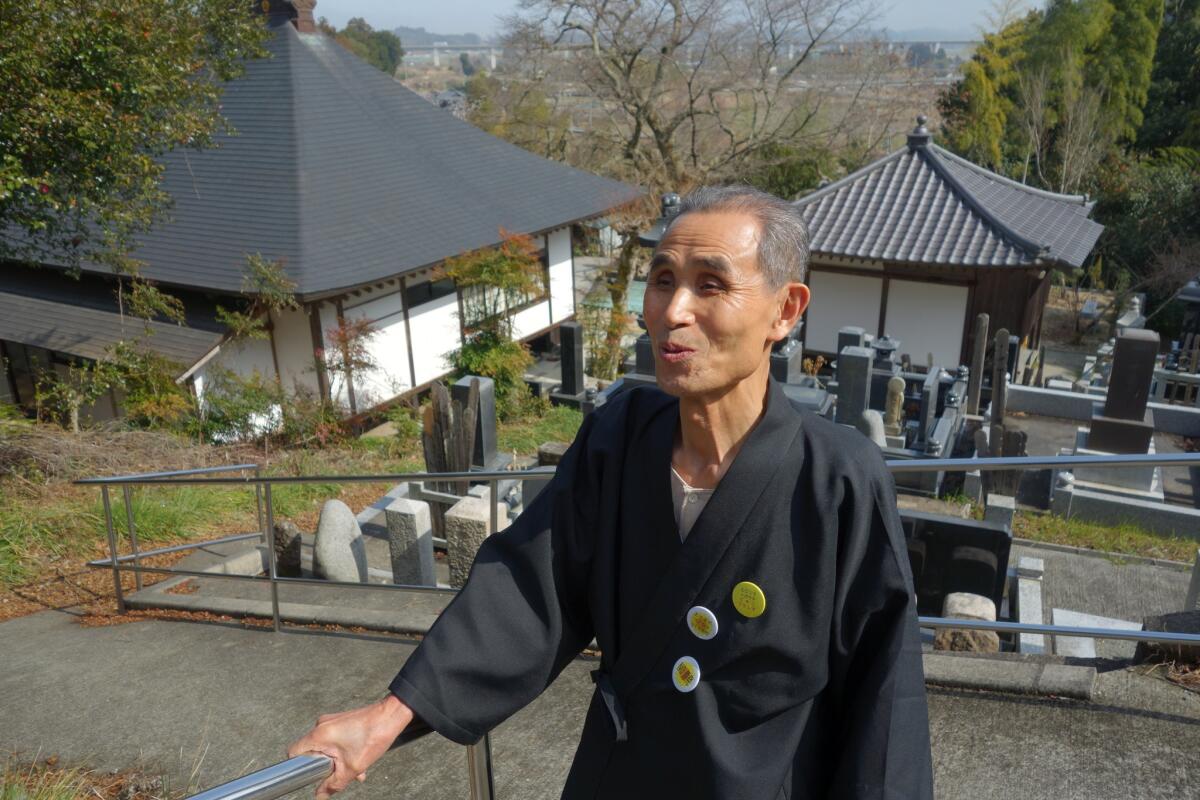
Tokuo Hayawaka, a longtime anti-nuclear activist and Buddhist priest in the town of Naraha, Japan, says the number of the dead in the town may now outnumber the living.
Jodo means “Pure land,” he noted with irony, although this particular land is contaminated with radioactive elements that will take decades to degrade.
Hayakawa is a peace activist who, since the 1970s, has protested the nuclear power plant. He had warned anyone who would listen that Tepco was untrustworthy, that the reactor would melt down and destroy the town.
He wasn’t wrong.
Still, there is no bitterness in his laughter as he talks about the history of the town, shows off his teahouse, and explains his greatest joy — going out to the tiny lake he built by the temple at night and viewing the moon reflected on the surface, enjoying a glass of good sake.
“For those of us who grew up here, home is where these mountain and streams are,” he said. “It’s not a concrete box in the city. Our definition of home is fundamentally different, and some of us would rather live back home in uncertainty rather than spend what is left of our lives starting over with no money or energy.”
But he is not sanguine.
The Japanese word for restoration — fukko — means “to put things back the way they were,” he said. “How do you restore a place when nobody comes back?” Anyway, he said, “come back to what? To live? To farm? We can’t farm. What is there to come back to? And even if people come back, are they really safe? They are abandoning us in the name of restoration.”
Japan’s Environment Ministry declared the cleanup of Naraha to be officially completed as of March 4. But work continues, and the announcement appears to have been premature. Some 360 workers are helping to decontaminate the town, removing contaminated materials from buildings, checking the water supplies.
Sakanushi is living alone for now; his family plans to come back next year. He is working for the General Affairs and Education Department of Naraha, which is planning to reopen the elementary and middle school in 2017. His 11-year-old daughter, Mayu, plans to attend. His son, Homare, age 7, isn’t sure yet. Homare doesn’t remember the town.
Sakanushi feels an obligation to be back home, in part to serve the town’s elderly.
“In Japan, people come to pay respects to their ancestors and make offerings to their spirits,” he said. “It’s one way we keep people alive in a sense, by remembering the departed. I have to be here for those families as well.”
Adelstein is a special correspondent. Special correspondents Nathalie-Kyoko Stucky and Mari Yamamoto in Tokyo contributed to this report.
For more news on global sustainability, go to our Global Development Watch page: latimes.com/global-development
ALSO
How the 1981 assassination attempt changed Nancy Reagan
Brentwood neighbors want city to punish landowner over tree removal
Aiming to drive down gun deaths? Put these three laws on the books, researchers say
More to Read
Start your day right
Sign up for Essential California for news, features and recommendations from the L.A. Times and beyond in your inbox six days a week.
You may occasionally receive promotional content from the Los Angeles Times.



